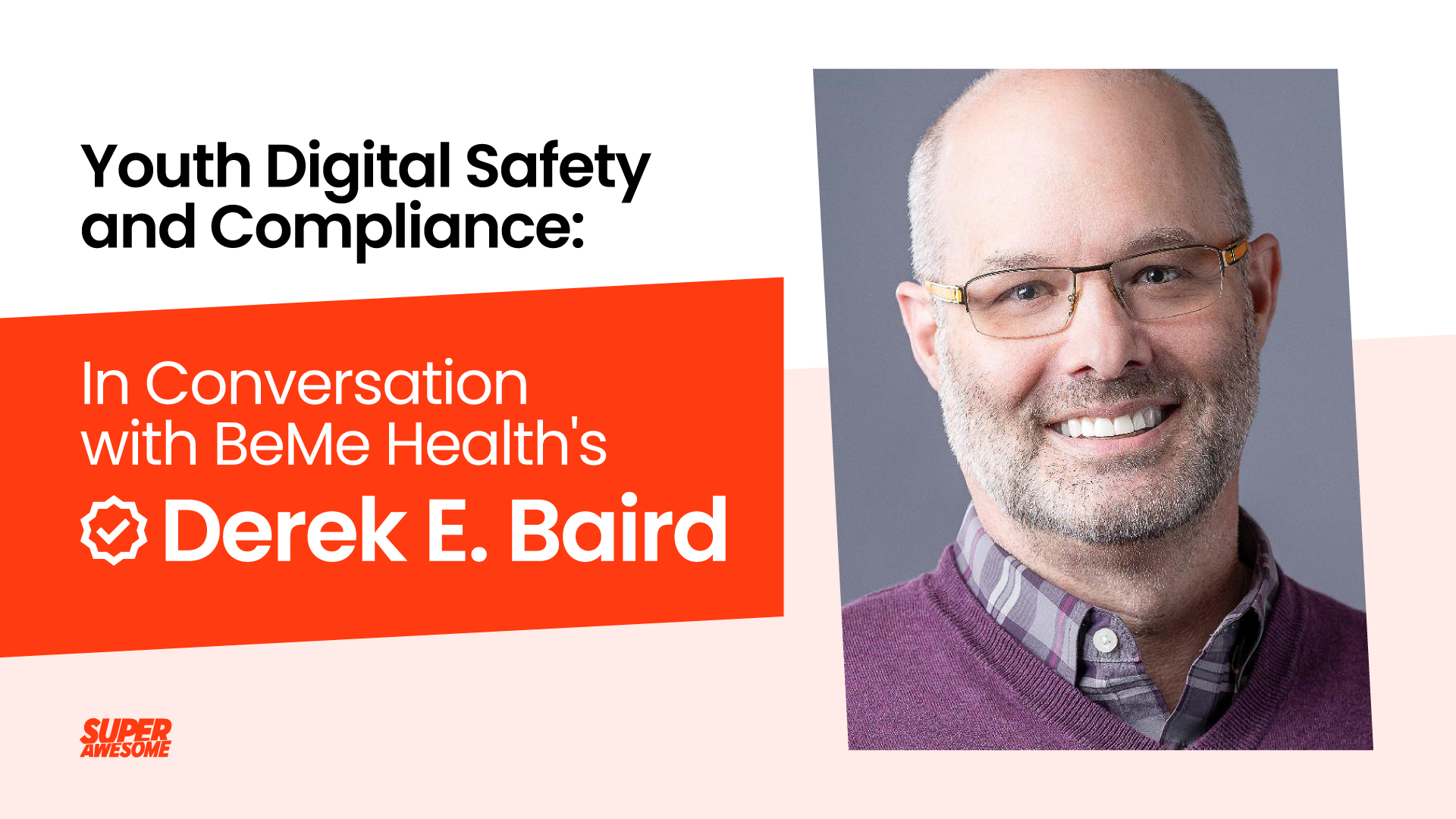As Google and other browsers move away from reliance on third-party cookies, marketers are left with many questions about how they can effectively reach target audiences based on their interests, derived from their previous browsing history. FLoCs, or Federated Learning of Cohorts (pronounced “flocks”), are Google’s proposed new privacy-preserving way of delivering relevant ads to users.
But how exactly do FLoCs work and what do they mean for the kids digital landscape? Keep reading to learn more.
What are FLoCs?
FLoCs are intended to replace some uses of third-party cookies, which will no longer be supported by Google’s Chrome browser from next year. FLoCs allow interest-based or behavioral targeting of groups of users by advertisers, without them being able to identify or track any individual within the group.
Users are assigned to a cohort by the browser, based on sites or content on specific pages they’ve visited within the last seven days. The cohort identifier is stored in the user’s browser, and is identical to the identifier of every other member of the cohort. A new cohort is calculated every seven days for each user.
Are FLoCs compliant with COPPA and GDPR-K?
Before we consider the impact of Google’s plans on kids digital engagement, it’s worth noting that FLoCs, as currently specified, would impact only a small percentage of kids’ online activity. This is because kids prefer to use mobile apps and connected TVs to consume streaming (OTT) content; they are less likely to engage with websites via Chrome browsers. The scale of our marketplace, which reaches over 300 million kids every month, makes it an excellent proxy for kids digital behavior: less than 1.5% of ad inventory is in Chrome browsers.
However, it’s reasonable to assume that if FLoCs are successful in browsers, similar approaches will eventually make their way to mobile and connected TVs. Does this offer a safe and legal way to target segments of kids?
The jury is still out on how FLoCs will be considered under data privacy laws: neither COPPA nor GDPR-K was written with mechanisms such as this in mind. In fact, Google just announced that it would not be testing FLoCs in Europe due to uncertainty around compliance with GDPR and the ePrivacy regulation.
When it comes to kids, GDPR-K goes further: recitals 38 and 71 caution against profiling kids for marketing purposes and state that automated processing of children’s personal data should be limited. Arguably, the automatic creation of targeting segments in the browser as proposed by Google would conflict with those requirements.
COPPA requires notice to and consent from parents, with limited exceptions, before collecting, using, and disclosing persistent identifiers from kids. This includes using persistent IDs to track kids on an individual basis for behavioral advertising. Given that FLoCs do not transmit the user’s unique identifier, on the surface FLoCs would appear to be permissible — but it’s not clear whether processing browsing history entirely on the user’s device would be considered compliant. In addition, some more recent privacy laws, such as the California Consumer Privacy Act (CCPA) in the United States, expressly include browsing history data as personal information, subject to legal and regulatory requirements. We expect that regulators will clarify their position later this year but based on these initial observations, we believe it is unlikely that using FLoCs to target segments of kids will be compliant with data privacy laws.
Other FloCs complications for young audiences
In a world of FLoCs, personal data is still being used to target kids — just not by third parties (depending on what you call the owner of the Chrome browser that is doing the processing. Is that the user, a first party? Or is it Google, a third party?).
Ads targeted to kids via FLoCs are likely to feel like they are following the kid around online and will undoubtedly be used to more aggressively push products a user of the kid’s device has been deemed to have shown interest in. This kind of sales pressure is increasingly frowned upon in the kids’ space, and generally breaches advertiser guidelines like the Children’s Advertising Review Unit (CARU) and the CAP Code. Most premium kids’ brands would not consider it good practice to apply those advertising techniques—common for adult direct response type advertising—to kids.
FLoCs: Good, bad, or just a technology?
Based on our understanding, FLoCs should not be considered a compliant option for engagement with kids. The only approach that is completely effective, compliant, and continues to scale for kids is contextual targeting — the kind used by our AwesomeAds solution.
Want to learn more about safe, contextual targeting?
Our AwesomeAds platform is the only ad platform built for the requirements of the global kids industry. Get in touch today to discuss how we can support you with a safe and effective approach.





